585.204.6770
sale@sanblueplastics.com
Your Source for Trays!
How to Choose the Right Plastic Storage Containers for Your Needs
Choosing the right plastic storage containers is essential for efficient organization and effective space management in both personal and professional settings. According to a recent survey conducted by the Container Store, nearly 80% of consumers prioritize quality and durability when selecting storage solutions, with plastic containers often standing out due to their affordability and versatility. Additionally, the global market for plastic storage solutions is expected to reach approximately $16 billion by 2027, reflecting a growing trend towards sustainable and functional storage options. With a myriad of styles, sizes, and designs available, navigating the choices can be overwhelming. This guide aims to simplify the decision-making process by highlighting key factors to consider when selecting plastic storage containers that meet your specific needs, ensuring optimal organization and functionality in your environment.
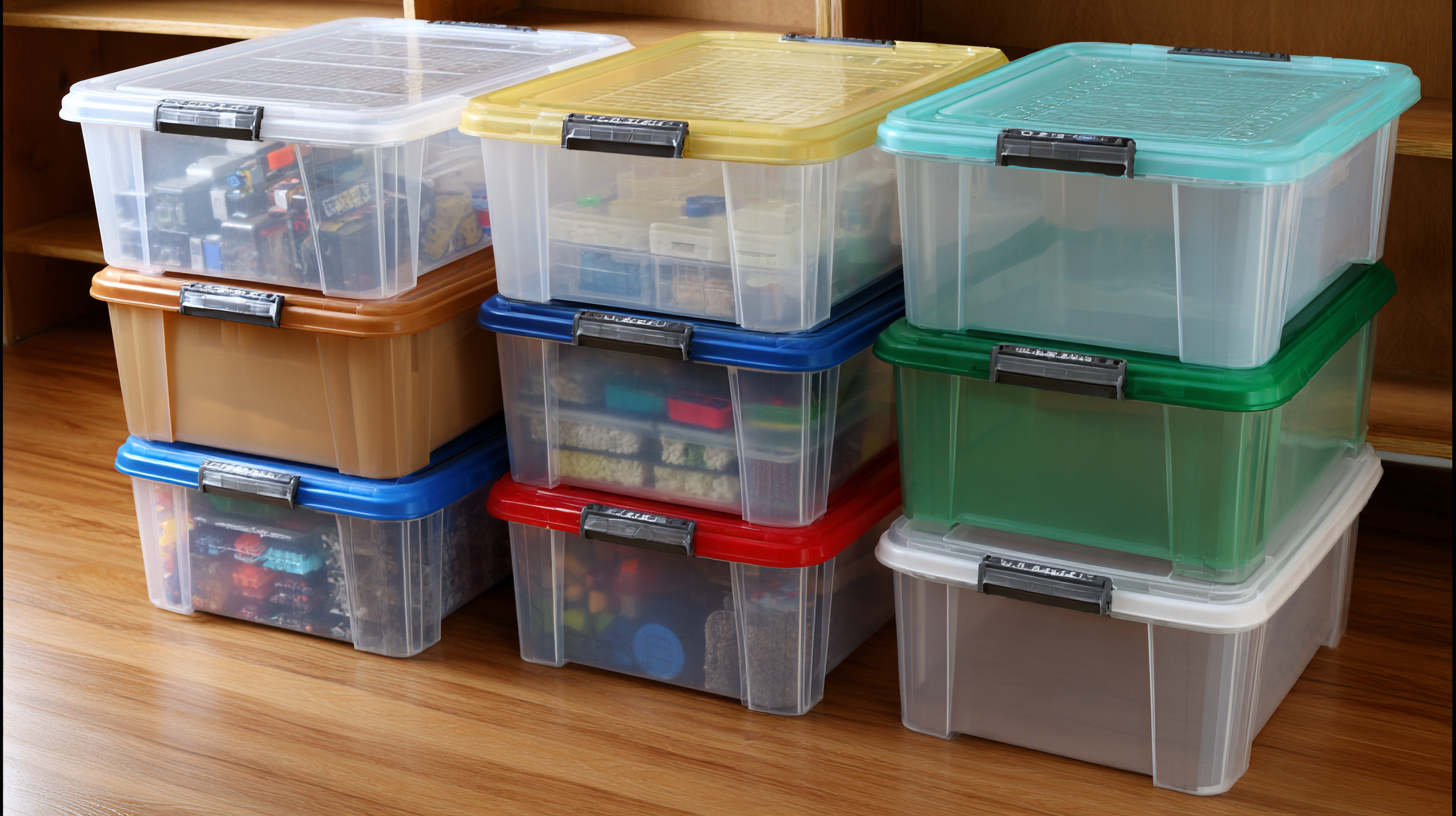
Understanding Different Types of Plastic Storage Containers and Their Best Uses
When selecting plastic storage containers, it's essential to understand the various types available and their specific best uses. One common type is the stackable storage bin, which is ideal for maximizing vertical space in closets or garages. These bins often come with lids and are used for organizing seasonal items, toys, or craft supplies. Their ability to be stacked allows for efficient use of space, making them a practical choice for those needing to declutter.
Another popular option is the airtight food storage container, designed to keep your perishables fresh. These containers often feature a sealing mechanism that prevents air from entering, making them perfect for storing grains, snacks, or leftovers. Moreover, they come in various sizes, accommodating different needs, from small pantry items to bulk food storage. Understanding these distinctions helps you choose the right plastic storage containers that cater specifically to your organizational requirements.
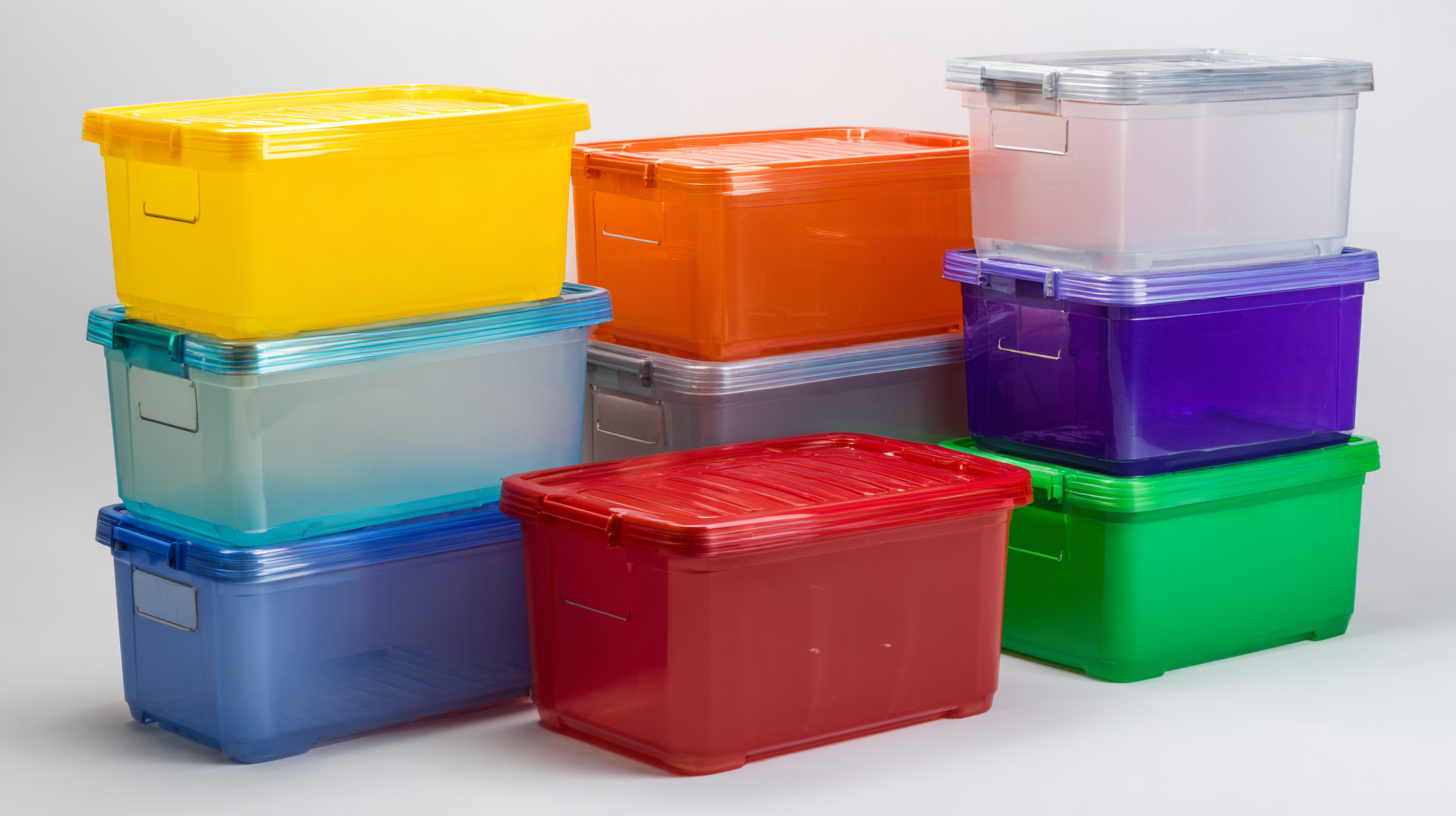
Evaluating Size and Capacity: How to Determine the Right Dimensions for Your Needs
When it comes to selecting the appropriate plastic storage containers, evaluating size and capacity is critical. According to a 2022 study by the Container Store, nearly 60% of consumers struggle with insufficient storage space, mainly due to improper sizing. To avoid this common pitfall, it's essential to measure the area where you plan to use the containers and consider the items you intend to store. For example, if you’re organizing a garage, utilizing clearly marked bins that stack efficiently can maximize both vertical and horizontal space, making the most of your available storage.
Understanding the capacity of plastic storage containers also plays a significant role in your decision-making process. A report from the Plastic Industry Association states that the most commonly used sizes for household storage range from 10 to 30 gallons. When determining which size to choose, consider both short-term and long-term storage needs. Smaller containers are ideal for items that you may need to access frequently, while larger containers work well for bulk items like seasonal decorations or camping gear. By thoughtfully assessing your space and item quantities, you can select containers that not only fit your specific needs but also promote a more organized environment.
Material Matters: Choosing Between Polypropylene, Polyethylene, and Other Plastics
When choosing the right plastic storage containers, understanding the materials involved is crucial. Polypropylene and polyethylene are the most common plastics used in storage solutions. Polyethylene, although widely utilized due to its flexibility and durability, poses significant environmental concerns. It is one of the most prevalent forms of waste found in ecosystems, with studies showing that its decomposition relies on processes like photo and thermal oxidation, as well as chemical hydrolysis. These processes can break polyethylene down into smaller polymer building blocks; however, the environmental impact remains considerable, leading to ongoing research into microbial solutions that can digest plastics more effectively.
On the other hand, polypropylene offers a more robust profile for storage needs, resisting moisture and UV damage, which can help extend the life of stored items. Recent advancements in the industry highlight the need for sustainable practices, with organizations aiming to increase North America's recycling efforts significantly. Research indicates that enhanced methods for recycling and degrading plastics are emerging, such as the development of fully recyclable and ocean-degradable materials. As consumers become more aware of the implications of their choices, selecting polypropylene over polyethylene may not only serve practical storage needs but also contribute to more sustainable practices in the long run.
How to Choose the Right Plastic Storage Containers for Your Needs - Material Matters: Choosing Between Polypropylene, Polyethylene, and Other Plastics
| Material | Features | Best Use Cases | Temperature Resistance (°C) | Recyclability |
|---|---|---|---|---|
| Polypropylene (PP) | Lightweight, chemical-resistant, durable | Food storage, stackable containers | -20 to 100 | Yes |
| Polyethylene (PE) | Flexible, impact-resistant, UV-stable | Outdoor storage, chemical tanks | -50 to 80 | Yes |
| Polyvinyl Chloride (PVC) | Durable, water-resistant, versatile | Pipe storage, construction materials | -15 to 60 | Limited |
| Polystyrene (PS) | Brittle, lightweight, easily molded | Packing materials, disposable containers | -30 to 70 | Yes |
| Acrylic (PMMA) | Clear, UV resistant, strong | Display cases, signs | -20 to 80 | Yes |
Assessing Durability and Lifespan: Industry Standards for Quality Plastic Containers
When selecting plastic storage containers, assessing durability and lifespan is critical, especially given the variety of options available on the market today. According to a report from the Plastics Industry Association, high-density polyethylene (HDPE) containers are known for their robustness and longevity, with an expected lifespan of over 20 years when properly maintained. This makes them suitable for both indoor and outdoor storage solutions.
Another important factor to consider is the compliance with industry standards. The American Society for Testing and Materials (ASTM) sets guidelines for plastic containers, including ASTM D2463, which measures the impact resistance of plastic materials. Products that adhere to these standards are more likely to stand up to environmental stresses, such as temperature fluctuations and physical impacts. Research shows that containers meeting these criteria demonstrate a significantly lower rate of failure, reinforcing the importance of choosing quality over price. Therefore, investing in durable plastic containers not only enhances storage efficiency but also ensures long-term value for your organizational needs.
Environmentally Friendly Options: Exploring Recyclable and Biodegradable Storage Solutions
When selecting plastic storage containers, considering environmentally friendly options can make a significant difference. Recyclable and biodegradable storage solutions are becoming increasingly popular as consumers seek sustainable alternatives. Recyclable containers are typically made from materials such as PET or HDPE, which can be processed and reused to create new products, thus reducing waste. On the other hand, biodegradable containers are designed to break down over time when exposed to the right environmental conditions, ensuring minimal impact on the planet.
Tips: Before purchasing, check the labeling to ensure the container is made from recycled materials or is fully recyclable. Additionally, look for certifications like BPI or ASTM for biodegradable options, which indicate compliance with specific standards.
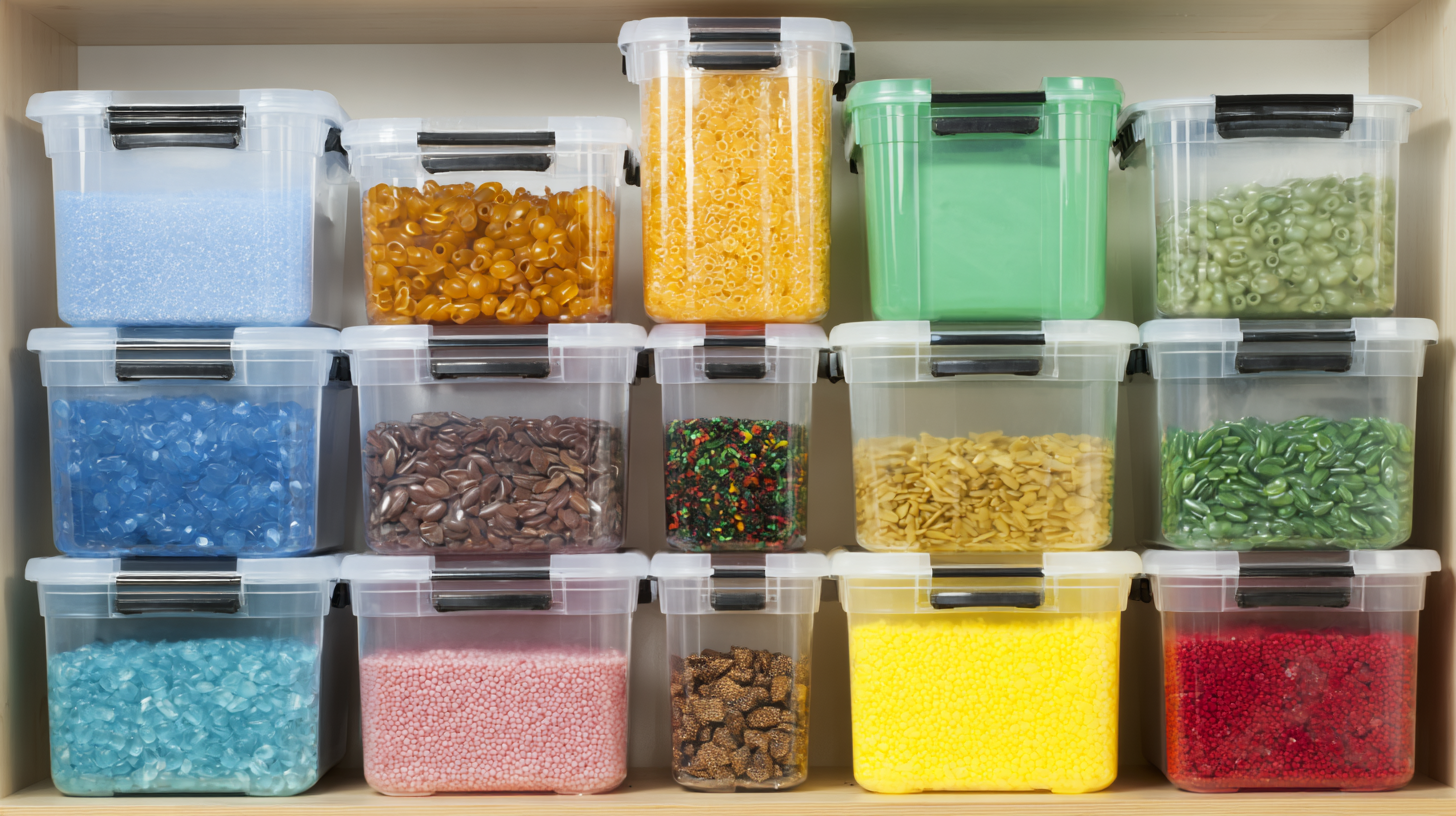
Another point to consider is the lifecycle of the container. Many brands now focus on creating products that not only serve your storage needs but also have a reduced carbon footprint. Opt for manufacturers that prioritize sustainable practices, such as using renewable energy sources and reducing packaging waste. This small change in your storage solutions can lead to a significant positive impact on the environment.
Tips: Explore local recycling programs that accept the types of containers you choose, and always rinse out any containers before recycling to ensure they are clean and ready for processing.
Related Posts
-
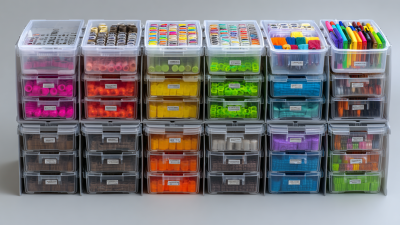
Innovative Uses of Plastic Storage Boxes in Modern Organization Solutions
-

Innovative Storage Solutions Exploring Alternatives to Plastic Bins with Lids
-
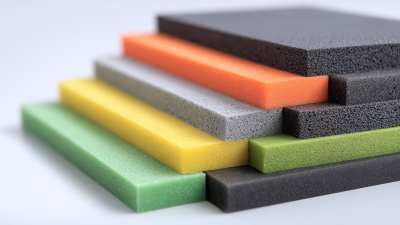
Ultimate Guide to Choosing Foam Inserts for Boxes: Protect Your Products with Confidence
-
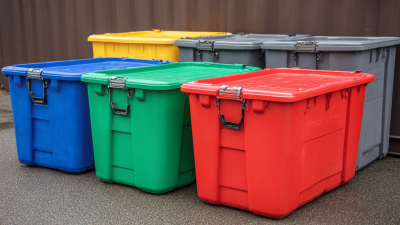
Unmatched Quality: China's Premier Large Plastic Bins Set Global Standards in Durability and Design
-

Ultimate Guide to Choosing the Best Totes with Lids for Your Storage Needs
-
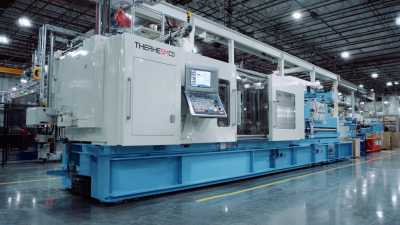
How to Choose the Best Thermoforming Solutions for Your Manufacturing Needs
